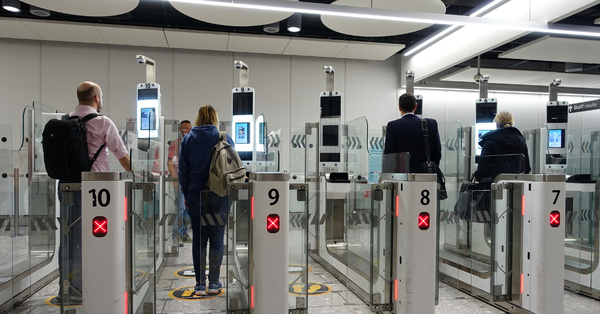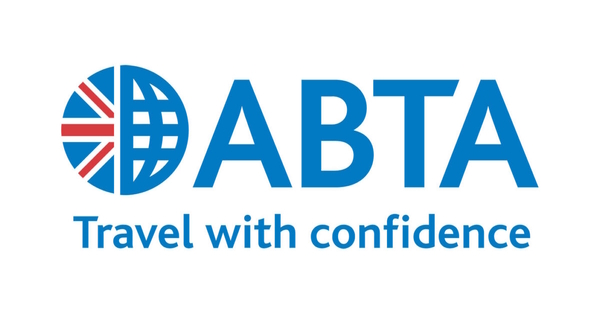You are viewing 2 of your 2 free articles
Comment: Navigating corporate travel sustainability
The need for environmental sustainability is driving innovations in corporate travel management and creating more opportunities for business travelers to reduce their carbon footprint.
Environmental, social and governance (ESG) directives are rapidly increasing, driving real changes to preserve our environment and communities.
However, requirements for global companies are becoming more fragmented across different regions with rules that might differ at individual country and state levels.
In the last six months the EU announced the introduction of new regulatory frameworks governing companies’ obligations and sustainability reporting, and the Singapore Business Federation launched a new Singapore Emission Factors Registry (SEFR) to provide Singapore-based businesses a way of calculating carbon emissions using localised data to improve reporting accuracy.
The US government also proposed rules for companies to disclose their greenhouse gas emissions at the federal level, while some states are initiating their own requirements such as California’s Climate Corporate Data Accountability Act.
Sustainability is rapidly evolving into an incredibly complex landscape and it’s especially confusing for corporate travel managers and travellers.
Companies are looking to do their part to reduce their environmental footprint, and corporate travel managers want to contribute but are confused on the best approach.
The number of company ‘green’ investment programmes that include carbon offsets and Sustainable Aviation Fuels (SAFs) is increasing, but the effectiveness of these programmes remains unclear. Are carbon-offset programmes really making a difference and mitigating emissions? Why should companies invest in SAF when it is the airline industry’s responsibility?
Thousands of companies are voluntarily making sustainability commitments and following the UN-backed Science Based Target initiatives (SBTi) to meet their company objectives. The SBTi offers standards and guidance for companies to set and track greenhouse gas (GHG) reduction targets.
Just recently, SBTi changed its position to allow companies to use carbon credits and offsets to reduce supply chain emissions. This creates even more uncertainty about how and where companies will invest because companies with SBTi net zero targets could be encouraged to purchase carbon credits as a low-cost option instead of biofuel investments that signal demand to scale up SAF production.
As a technology director who supports travel management companies (TMCs) and corporates, I regularly hear these frustrations and concerns about conflicting information from customers and industry association partners all trying to make better choices.
To help travel managers navigate these challenges in an increasingly confusing landscape, providers and suppliers must stop claiming ‘sustainability made simple’ solutions. Instead, we must focus on using our roles to innovate in ways that will make a positive impact.
Many statutory regulations and directives which largely impact travel procurement, point of sale information and post-trip reporting are being watered down or delayed, while others continue to emerge.
Travel managers can take control in this rapidly changing landscape by relying on trusted sources of information to help stay on top of all the moving parts.
Considering that sustainability information is being used to influence booking decisions and select preferred partners, the journey for corporates starts in procurement with a need for more clarity from suppliers.
The questions for hotels, for example, might be: Are your properties using energy efficiently? What measures are in place for reducing water use and waste? Are your properties contributing to the betterment and support of local communities?
Similarly for airlines: What are the carbon emissions for specific flights? How is your airline prioritizing SAF advancements? How and where are emissions reduced in fuel production, transportation of fuel to aircraft and in flight?
While information about suppliers and their sustainability criteria are still largely inconsistent, things are improving with emerging industry standards.
Suppliers, technology providers and industry organisations are all taking action to improve the issues associated with unreliable information. Further, new regulations will require independent, third-party audits before any sustainability information from travel suppliers can be presented.
Industry-wide standards impacting supplier information will improve transparency, accuracy and consistency for buyers at the point of sale and when it comes time to report on emissions. Examples of critical standards already making an impact on data harmonisation and transparency include the Travel Impact Model (TIM) and the Global Business Travel Association (GBTA)'s Sustainable Procurement Standards.
The TIM is administered by Google, overseen by an Independent Advisory Committee, and scaled through the Travalyst coalition.
The intention is to provide a single source of reliable information for calculating and presenting the climate impact of individual flights so there is consistency in the information listed across travel platforms. The TIM is a transparent and continuously improving model, based on the latest science, and will evolve as additional factors that impact carbon emissions from flights are incorporated.
The GBTA has introduced industry-wide Sustainable Procurement Standards to help corporates and travel managers assess the sustainability efforts of suppliers in a consistent manner, which should help corporates during the request for proposal (RFP) process.
Beyond the supplier procurement stage, companies looking to invest in initiatives to reduce their carbon footprint face challenges with conflicting and confusing information.
Carbin offset programmes have come under scrutiny and are not always the most effective way to reduce carbon footprints, and alternative aviation fuel supplies remain scarce.
Rather than only buying carbon credits, corporates can make a meaningful impact by investing in regulatory-approved SAF initiatives that will help scale up production of alternative fuels.
This will support the entire sector in reducing the carbon footprint of air travel rather than leaving airlines to manage this shift on their own. However, investing in the right SAF programmes requires reliable and consistent information from trusted resources so corporates understand where investments are making a real impact and not having unintended consequences.
When it comes to sustainability regulations and information, the landscape is changing so quickly that what you see today may not be what you see tomorrow.
That is why it is important for TMCs to work with partners who are transparent and flexible.
Legacy technology is perceived as slow-moving so it is essential companies seek the right technology partners that are implementing transparent and robust frameworks and can quickly adapt to help travel managers navigate the moving parts and business travelers choose the best options.
Despite the complexities and confusion in travel management sustainability, we have an opportunity to drive real change in the sector. My advice is to focus on what you can control – understand the requirements that directly impact your company, seek out trusted and reliable sources of information and work with technology partners that are flexible.


















